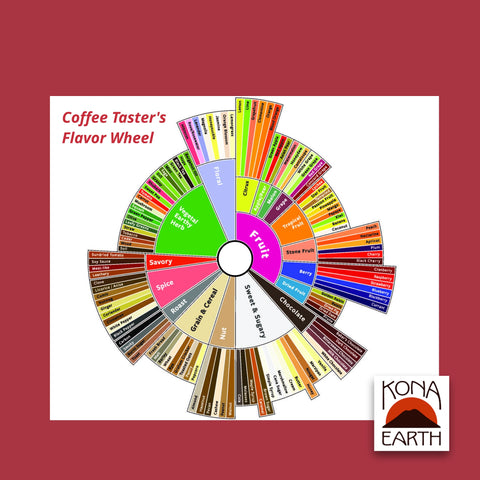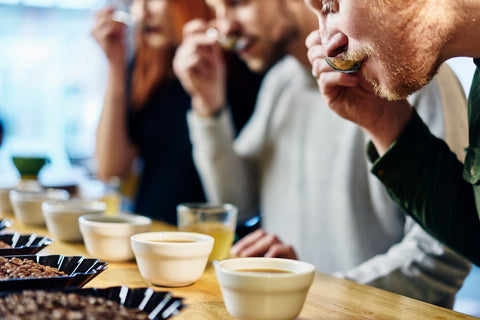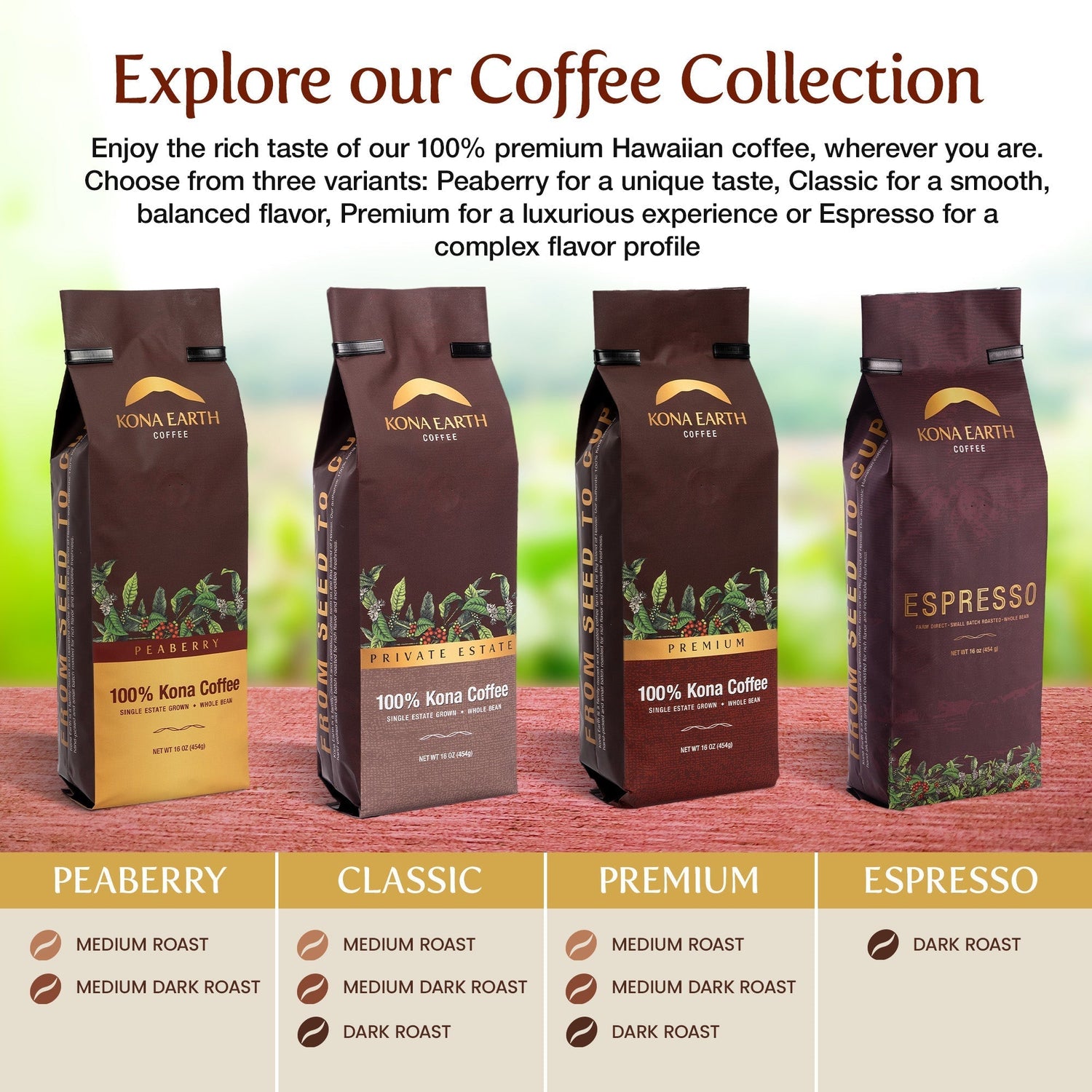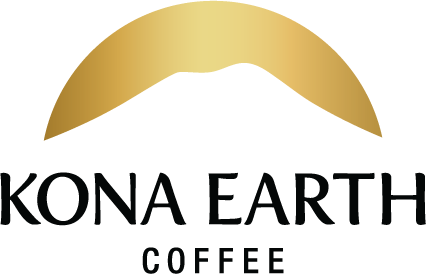When most people think of Hawaii, they think of sand, surf, sunsets, and Mai Tais. However, there is one more thing that should be added to that list: specialty coffee.
Kona coffee is a type of specialty coffee that is grown on the western side of Hawaii's Big Island. Referred to as the "Kona coffee belt", this area is known for its rich volcanic soil and perfect climate conditions for growing exceptional coffee beans.
Only 37% of coffee sold in the US is considered "specialty" and it represents the highest standards of quality. The Specialty Coffee Association (SCA) defines specialty coffee as those receiving a score of 80 or above on a scale of 100. Rating is done by Q Graders, who go through extensive training to achieve a special certification to be able to score coffees. The Q-Grade analysis, known as "cupping", adheres to global standards and is an extremely specific and laborious process that uses smell and taste to assign a grade to coffee. Ratings above 85 are considered "excellent" and ratings above 90 are "outstanding".
According to SCA protocols, "a single coffee is cupped at least fifteen times by professional cuppers trained to identify flaws, ensuring there is no bitterness, harshness, sourness, or other off-putting flavors or aromas."
Pacific Coffee Research performs the Q-grading for Kona Earth coffees in a certified lab using SCA cupping methodology. Using a 200-gram sample of green coffee, coffee is prepared under very exact conditions in regard to roast profile, grind setting, and water temperature. The Q Graders, usually in a group of five, are testing for inconsistencies, defects, and the overall bean flavor profile. The overall score takes into consideration aroma, flavor, aftertaste, acidity, body, balance, uniformity, clean cup, and sweetness - rating each on a scale of six to ten.

The Coffee Tasters Flavor Wheel is a collaborative effort by the SCA and World Coffee Research. It is designed to be a tool for the coffee taster, offering descriptors that can be used for analyzing a coffee's flavor profile. Starting at the center, the taster moves outwards on the wheel, becoming more specific in identifying characteristics of aroma and taste.
There is an etiquette protocol to the process as well. For example, cuppers may not wear perfume, cologne or aftershave. They may not use breath mints or gum. Makes sense, right? Anything that would affect your taste buds or olfactory senses is a "no no".
Many compare the process of coffee grading or cupping to ratings performed by wine critics. Similar to wine tasting, the taster is not looking to savor and enjoy the coffee but is analyzing it to determine specific standards and flavor characteristics. In fact, the Q Grader spits out the coffee after slurping it in order to clear their palate for the next sample and to prevent becoming over-caffeinated.

There is an important distinction, however. When consumers pick up a bottle of wine, they are more or less tasting the same wine that the critic tasted. For coffee, this is not the case. The coffee tasted by Q Graders is not at all representative of the coffee that consumers will ultimately drink. In reality, it is more like determining the quality of the grapes that go into making the wine.
Consider that green coffee is roasted to different temperatures and durations to achieve specific results. We commonly recognize these as light, medium, medium-dark, and dark roasts. Once roasted, the coffee is shipped to the consumer who then has all manner of choices in preparing the coffee. This includes grind setting, water temperature, brewing method, etc. Each aspect of this process ultimately impacts the coffee's sensory experience, along with preferences represented by the coffee drinker's individual palate. Additional factors that can affect the coffee's flavor include freshness, storage method, and additives such as milk or sugar.
So what is the value in Q-grading the coffee, then? It provides a way to objectively compare coffees and determine which coffees are of the highest quality. The rating is then used by coffee roasters to make well-informed green coffee purchasing decisions. Q Grading also gives insight into how different roast profiles might impact the sensory experience of the coffee. It also informs farmers of the quality of their harvest and coffee production process. For example, if there are many indications of damaged beans due to CBB (Coffee Berry Borer, a beetle that affects coffee cherry) or chipped or broken beans, this will lower the coffee's overall score. Similarly, if the beans were not dried properly and developed mold, this will taint the green coffee and affect its rating.
Cupping is also used on roasted coffee to provide flavor profiles of specific roasts. Descriptive terms such as "citrus", "berry", "molasses", "pipe tobacco", "caramel" and many others are used to give consumers a sensory guide for the coffee-drinking experience they can expect from a coffee under particular roast conditions. Practically speaking, only very "educated palates" can truly taste these specific flavor underpinnings but the information is still a useful way to communicate each specialty coffee's flavor characteristic.
Beyond Q-grading, additional factors are used by the Hawaii Department of Agriculture to determine Hawaiian coffee's commercial valuation. Bean size, color, and, number of defects within a sample are also considered. For example, a green bean with a screen size of 19 (19/64/inch) and less than 8 defects per sample is considered "Extra Fancy" as indicated in the chart below.

This "extra fancy" distinction for the green coffee fetches a better price for farmers selling to wholesalers and is priced higher per pound when sold directly to consumers as a roasted product. Farmers can have their coffee certified by Hawaii's Department of Agriculture which can be important if selling their green coffee in bulk to wholesalers.
When you purchase a bag of Hawaiian specialty coffee, you may not realize all of the work and analysis that has gone into making sure you are getting a high-quality product. The grading standards set forth by the Specialty Coffee Association and Hawaii Department of Agriculture are there to ensure that authentic 100% Kona coffee delivers a superlative specialty coffee experience. So, the next time you brew a cup of 100% Kona coffee, remember the artistry, science, sweat, and hard work that has gone into making it the perfect cup!


